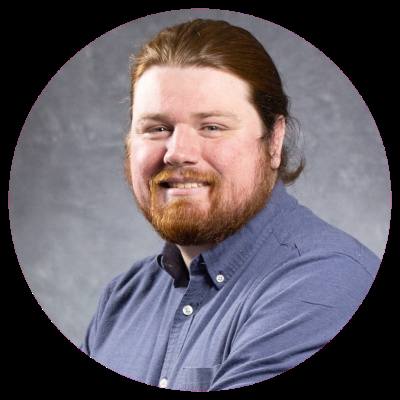In a nutshell
Commissioners voted 5-2 to recommend the zoning request during a March 25 meeting. If approved by McKinney City Council, the zoning would allow for a 120-foot tall cell tower to be built behind the Advanced Storage facility on US 380.
Commission members Steve Lebo and Deidre Woodard provided the dissenting votes. Council members are anticipated to take final action on the request during an April 15 meeting.
Three citizens residing on Meadow Ranch Road spoke during public comment. Each citizen expressed concerns about the tower’s location and effects it could have on the health of nearby residents.
The details
The proposed tower would be located in the southwest corner of the site, about 228 feet from the nearest residential property line, City Planner Jake Bennett said. The city’s development code requires the tower to be located at least 120 feet from the nearest residential property line, according to the agenda.
The tower’s base would be screened by a 6-foot tall masonry wall with shrubs around it.
“Staff understands the need for better cell service within the city and the propagation maps show an increase in service for the area,” Bennett said. “As such, based on the proposed development regulations and the propagation maps, staff recommends approval of the rezoning.”
David Prejean, chief operating officer for Crafton Communications, spoke on behalf of the applicant hoping to build the tower. The tower can accommodate up to three wireless carriers such as AT&T.
“Reliable cell service is critical to the first responders and to all the medical personnel in the area and we think that this site will provide greatly enhanced coverage for that area,” he said.
What they’re saying
Prejean and Bennett both cited the Telecommunications Act of 1996 while speaking to the commission.
The city cannot make decisions on wireless service facilities based indirectly or directly on supposed environmental or health effects of radio frequency emissions, Bennett said.
The act states that “no state or local government or instrumentality thereof may regulate the placement, construction, and modification of personal wireless service facilities on the basis of the environmental effects of radio frequency emissions to the extent that such facilities comply with the FCC’s regulations concerning such emissions.”
Prejean said the frequency emissions emitted from the tower’s antennas are "strictly regulated" by the Federal Communications Commission.
“All carriers—which we hope to have three carriers on our tower—are all regulated by the FCC and their antennas are always well within the limits of those requirements,” he said.
The FCC does monitor and regulate safety rules for radio frequency emissions, according to its website. Any new towers also have to comply with the FCC’s rules for environmental review.
On the other side
Resident Mark Rutledge said the Telecommunications Act of 1996 cannot be used as a guide. The act was passed prior to 3G coming to the United States, he said.
3G refers to the third generation of mobile communications technology, according to the FCC’s website. Cellular networks began deploying 5G technology in 2019, Rutledge said.
5G towers emit a higher radio frequency than 3G and the health effects of that need to be studied, he said.
“I understand and I encourage the expansion of cellular coverage in McKinney,” he said. “I think it is necessary but the location does bother me. It bothers me specifically—personally—for the potential health issues of a high-frequency 5G tower that close to my home.”
Residents Rick McDaniel and Vincent Gun also expressed concerns the tower’s proposed location because of health concerns.
“I’m all for greater cell coverage,” McDaniel said. “I understand that the hospital and the first responders need to have greater coverage. My only ask of you is that you will consider a different location.”





